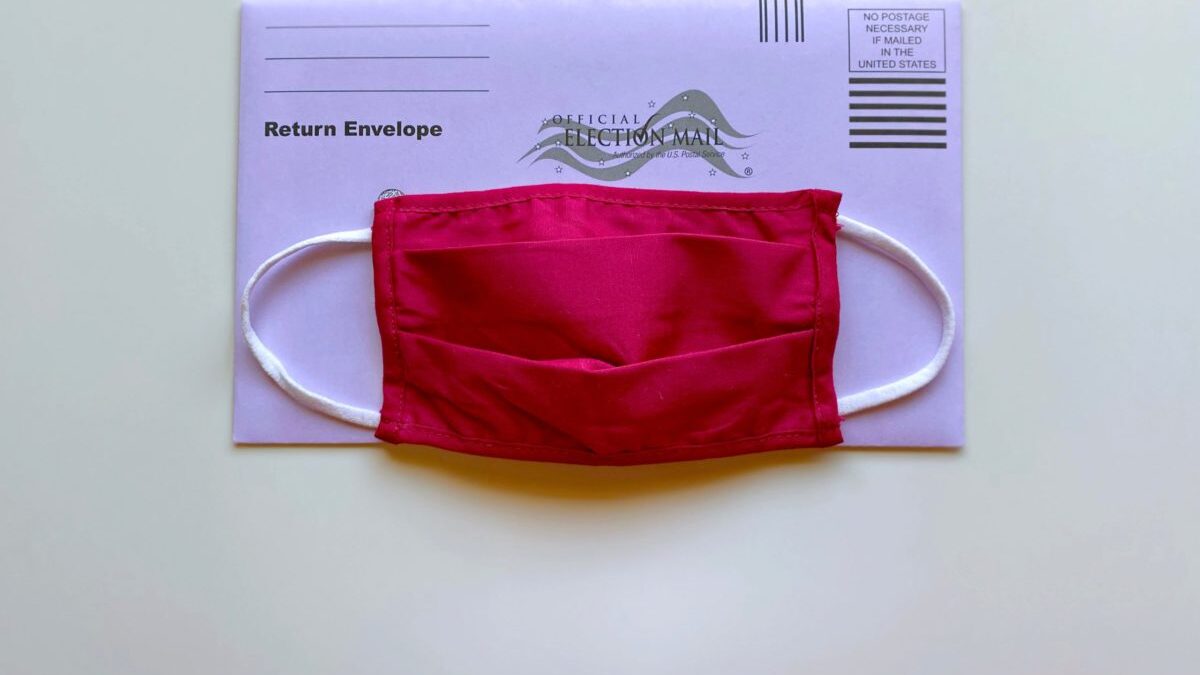This post was co-authored by Paxton Alto.
What 2020 lacks in toilet paper, it makes up tenfold in news. And while we have a surplus of headline-worthy stories, scarcity abounds in the newsroom. In fact, United States newsroom employment declined by 23% between 2008 and 2019 – a startling statistic for anyone trying to get their story in front of a reporter. Journalism isn’t dead, but journalists are overwhelmed, and it may be high time to start telling our own stories. So just how do you stand out in a sea of sameness, in a world where seemingly every piece of news is breaking?
- Sometimes the best way to stand out is to fit in – Whether you’re pitching your story to media or sharing it yourself, one of the most tried and true ways of ensuring coverage is to tie your announcement to current events. For example, can you make your own news more relevant by relating it to the current pandemic or the impending flu season? Do it. Provide a fresh take on a stale subject, or a subject matter expert with a unique experience to bring something special to your story.
- Leverage channels that are a direct link to your audience – It’s never easy to secure a media placement in top medical trades or media outlets, but now you’re also competing with a pandemic, a presidential election, and the upcoming flu season. Do you really want to rely on a news release that may or may not get picked up? Or can you talk directly to your audiences in a 280-character tweet that links back to a release on your website?
According to a 2019 published Pew Research Center report 55% of U.S. adults now get their news from social media either “often” or “sometimes” – a percentage that has likely increased in 2020, making now the perfect time to consider how to make social media work for you and your news. So start thinking outside the traditional media relations box – like using LinkedIn groups to get your news directly to your target audiences; partnering with industry influencers to amplify your news through their social media channels; or tapping trade associations and publications for inclusion in their daily news feeds and other member communications. - Take back the mic – Be your own news distributor. Mayo Clinic (client) has experienced great success with this approach through their Mayo Clinic News Network. Here, journalists can download timely news packages, interview sound bites, podcasts and other media-friendly assets that are journalistically sound and ready for publishing. This method is a win-win: media gets to report more health news without devoting more time and resources; and you get greater control over your story – that is, so long as your content doesn’t read like a sponsored post. Balance is key.
This year has been anything but conventional. We can keep trying to fit a square peg into a round hole, or we can adapt and become our own storytellers. If we can do that, “that thing you’re announcing” may just turn into tomorrow’s headline.
For more insights on communication and brand strategy, industry trends and more, subscribe today to the Weekly Buzz here.

